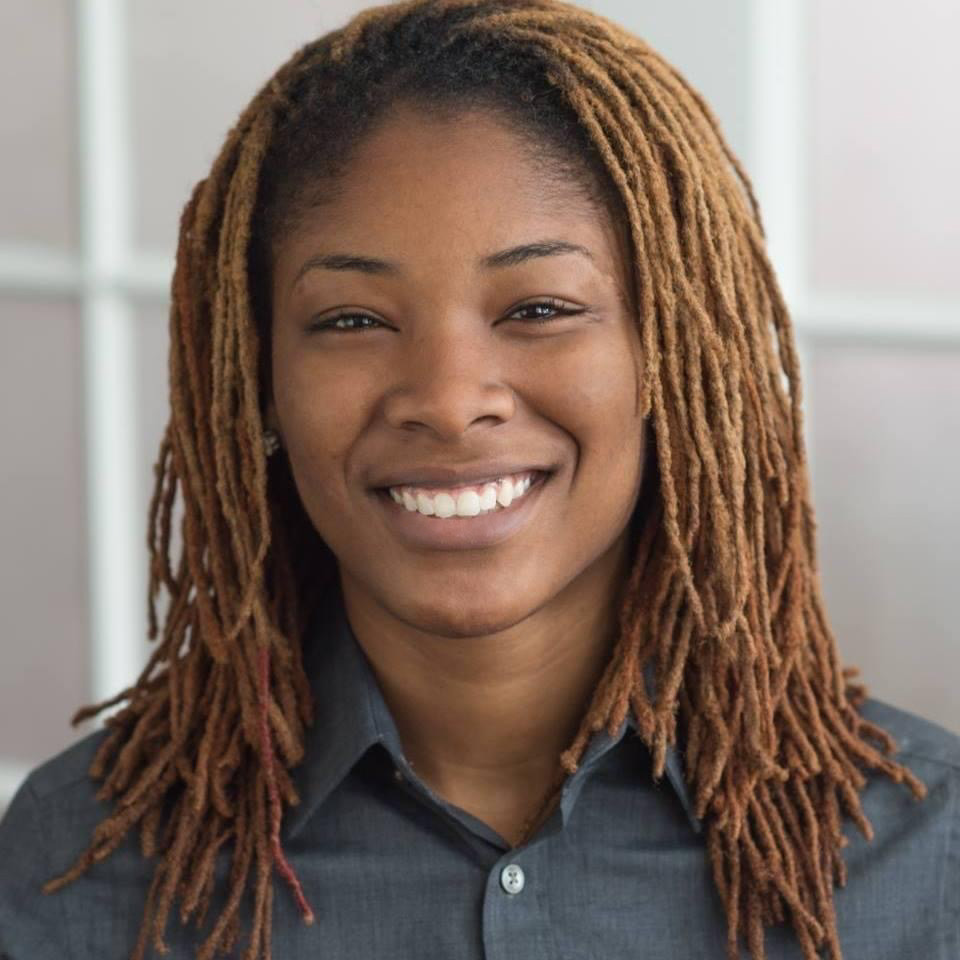Paying the 'diversity tax' to practice law

Kee Tobar.
Two years ago, to preserve my mental health, I walked away from my dream of working as a legal aid attorney. I'm no longer practicing law but now work as a diversity and equity inclusion officer at the same organization at which I practiced, Community Legal Services of Philadelphia.
I grew up in a small cotton town in Arkansas. Every day, I was exposed to resilient hardworking people struggling to survive. I saw firsthand the role mass incarceration played in a family’s ability to sustain itself. I will never forget the despondent faces of my uncles who submitted countless job applications, only to be rejected due to criminal records they obtained 15 years earlier in young adulthood, or my stepfather’s anger over his labor being exploited when his overtime was undercounted at his factory job. His bosses consistently stole part of his wages because they knew he feared that if he reported the issue he would lose his job, possibly violating his parole.
As a child of parents with limited education, I saw the penalty and constant anxiety of living at the poverty line. As the younger sibling of a quadriplegic brother, I knew the lifesaving ability of Supplemental Security Income for the severely disabled before I knew it was a federal Social Security program. Without the resources obtained through SSI and Medicaid, my brother, who could not move any of his limbs to care for himself, would have had an extremely poor quality of life.
I share these personal details because it is important to understand the context behind my dream and why transitioning away from it nearly broke my spirit. I worked my entire life to put myself in a position to advocate for people like me and my family. I was finally afforded the opportunity two years after law school. As a legal aid attorney at Community Legal Services of Philadelphia, I worked on record expungements, landlord tenant issues and public benefit issues for low-income people. It was tiring work, but every day I kept someone’s lights on or helped them secure SSI.
As a Black queer woman from a working-class family who had been diagnosed with anxiety, I expected that my experience as an attorney would be different from that of the average lawyer. According to the ABA’s 2020 Profile of the Legal Profession, 5% of attorneys in the United States are African American. And according to the National Association for Law Placement’s 2019 Directory of Legal Employers, just 2.99% of attorneys in the United States openly identified as lesbian, gay, bisexual, transgender or queer. NALP indicated that just over 1% of lawyers reported having disabilities in a 2021 survey.
I expected to pay a “diversity tax,” or the experience of discrimination, of otherness, and the necessity for extra labor experienced by diverse attorneys within the workplace because of their various marginalized identities. For many diverse attorneys, the diversity tax includes the macroaggressions and microaggressions they experience directly from their colleagues. It can also include being othered and passed over for mentorship, promotions or growth opportunities by senior attorneys.
As a legal aid attorney, I did not encounter much direct bias within the organization, though my experience is likely not representative of many diverse attorneys. But I experienced the diversity tax within the “greater workplace,” which includes the courtroom, opposing counsel, clients and recurring external organizational collaborative partners.
I recall walking into court and observing everyone go through the attorney line without being asked for their bar cards, only to be asked for mine. I also remember walking into court early in my career with my best suit on, case file in hand, freshly twisted dreadlocks and sitting behind the desk. As I looked around, waiting for my client, I was sternly told by opposing counsel that I needed to move because clients were not permitted in the attorney-only space without their representation. The embarrassment of that moment, as other clients looked on, stayed with me.
The tax also affected my diverse clients. As a member of the LGBTQ+ community, it stung to see my clients intentionally deadnamed and misgendered during court proceedings, despite my alerting the court to their proper names and pronouns.
Similarly, it was extremely disheartening to see judges respond so disparately to similarly situated but differently raced clients. For example, some of the features of autism are limited eye contact and difficulty maintaining and responding to conversation. During one of my disability hearings, my Latino autistic client was having a challenging time responding to the judge’s line of questioning. He also could not maintain eye contact and laid his head on the desk during the entire ordeal.
I informed the judge of my client’s social interaction deficiencies in my court brief and during my direct. However, instead of my client’s interactions being seen as normal features of his disorder, he was lambasted for not caring about his case and showing proper respect to the court. When I compare this to my experience of the same judge while representing white male autistic clients with similar social deficiencies, the differences in treatment were acute.
Law school and mentorship prepare you for a lot, but they do not prepare you to deny yourself and compartmentalize or accept bias against your Black, brown, queer and disabled clients as par for the course. There’s not only something deeply traumatizing about experiencing discriminatory rhetoric in court, but there also is nothing worse than knowing bias, whether against you or your client, played a role in a case’s outcome.
What are the benefits of legal ethics policies without proper enforcement mechanisms that recognize power differences? Moreover, when attorneys are socialized to assume that it is more important to preserve toxic relationships with offending judges and opposing counsel than to fight for the dignity of their client or themselves, it is very probable that attorneys will underreport ethics violations.
Young attorneys are told they should not personalize their work. However, there are many people like me who became attorneys because of their personal stories and their identities. The expectation of neutrality and detachment is not only unsupportive but also an impossible expectation that aids in diverse attorney attrition.
One response is to create and promote definitive policies surrounding bias reporting so that attorneys are aware of who and where to turn when experiencing bias. And it is critical that senior attorneys who possess privilege, power and relationships with fellow actors within the legal system leverage said privilege and power to enforce established anti-discrimination policies.
Other responses may include creating spaces within your organization where diverse staff can openly talk about their experiences with bias in court or within the workplace. This may include establishing or supporting affinity groups within your firm, or simply establishing time within unit or project meetings to discuss the issue. Creating a system to track recurring bad actors in court, then using the data to address the issue systemically also can serve as a powerful response.
As the legal community highlights the importance of diversity, it is imperative that we acknowledge the tax attached with it and commit ourselves to addressing the issue. Excessive minority attrition is not natural, and it is vital that the legal community recognize the tax as counterproductive to their diversity, equity, inclusion and belonging goals.
Fortunately, I’ve landed in a position where I can challenge and disrupt the diversity tax even though I’m no longer practicing law. As the legal field becomes more diverse, I invite us all to think through ways to protect, support and retain diverse lawyers.
Kee Tobar is the chief equity and inclusion officer at Community Legal Services. As CLS’ first chief equity and inclusion officer, she provides vision, leadership and direction for ongoing strategy to support racial equity, inclusion and diversity and belonging across all aspects of the organization’s work and efforts. Tobar is a former disability justice attorney and graduate of the Georgetown University Law Center.
ABAJournal.com is accepting queries for original, thoughtful, nonpromotional articles and commentary by unpaid contributors to run in the Your Voice section. Details and submission guidelines are posted at “Your Submissions, Your Voice.”
This column reflects the opinions of the author and not necessarily the views of the ABA Journal—or the American Bar Association.
Your Voice submissions

The ABA Journal wants to host and facilitate conversations among lawyers about their profession. We are now accepting thoughtful, non-promotional articles and commentary by unpaid contributors.

